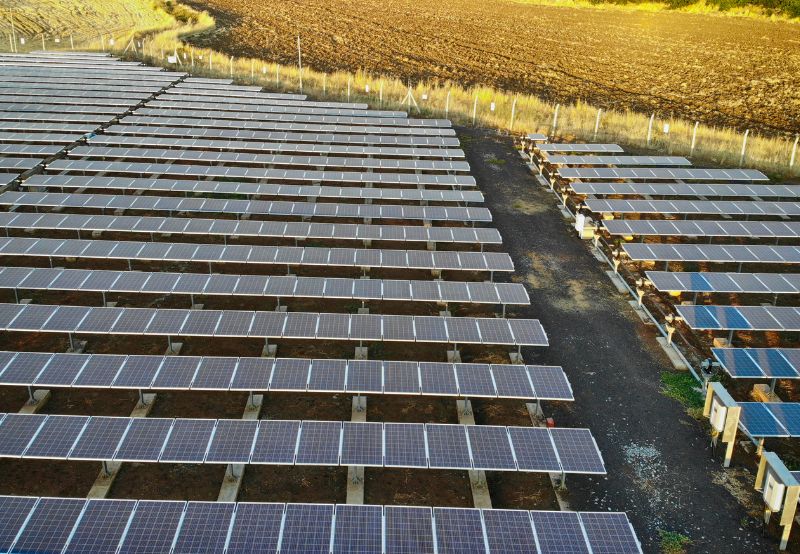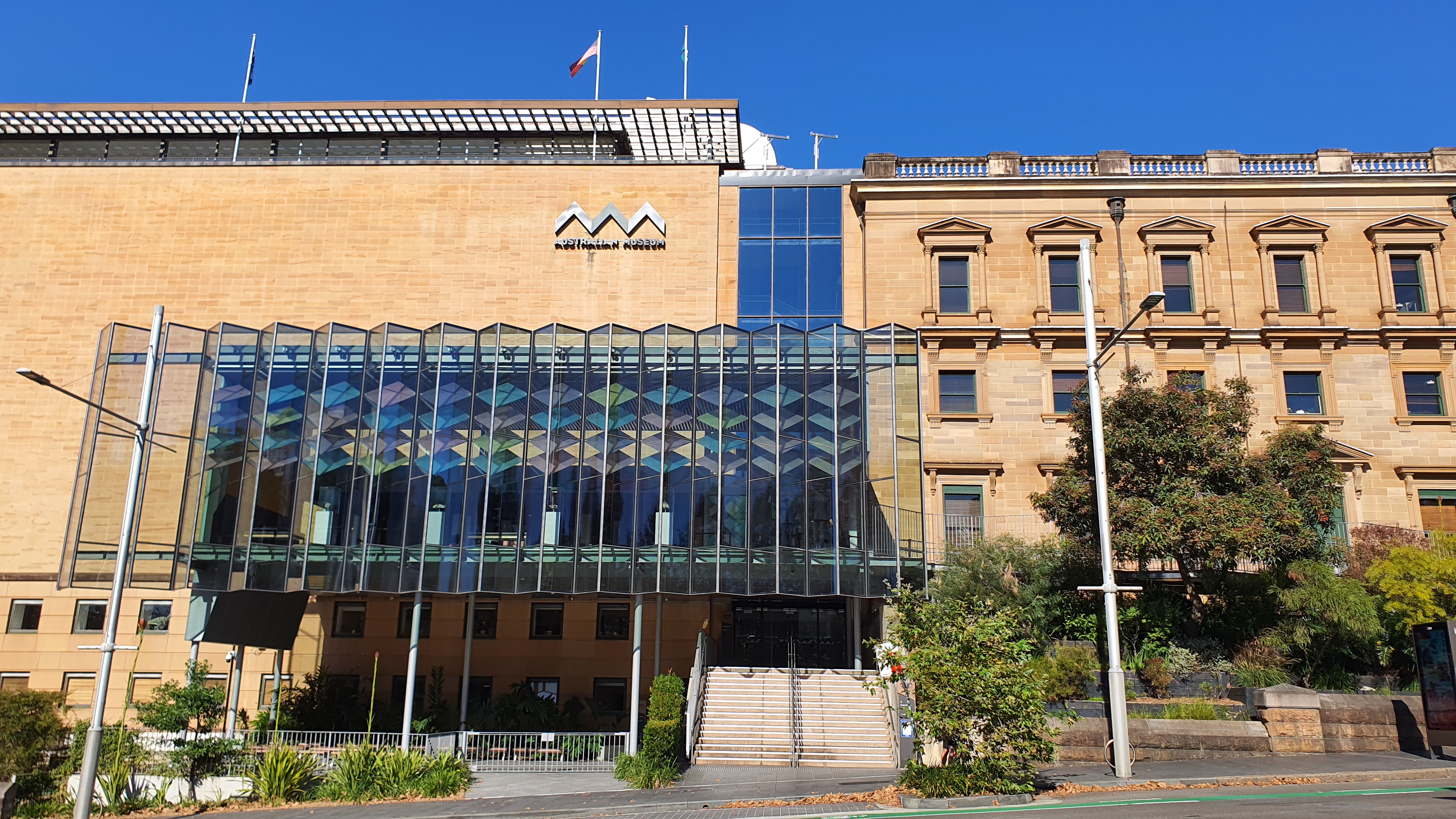Carbon credits are financial instruments that are used to offset carbon emissions. Form International is solely focused on nature-based carbon credits originating from tropical forest landscapes. They are generated by forest owners and managers who preserve, restore, and/or manage forests sustainably. The credits are sold to companies and investors in the global carbon market and are used to offset their yet unavoidable carbon emissions. This helps to reduce global warming.
But carbon credits can do more than that. If created properly, carbon credits can protect endangered species, preserve ecosystems, and provide economic benefits to local communities. This is an important aspect of the work of Form International and Treevive in tropical forest landscape projects. These co-benefits are what drives Robyn Jansma, Forestry Expert at Form International. Robyn works on a wide array of projects, doing calculations for carbon projects, among other things. “Carbon credits are an important tool to generate funds for nature conservation.
It is sometimes difficult to accept that nature must have an economic value to be valued, but a positive development is that tropical forest projects are increasingly focused on co-benefits of carbon credits, like biodiversity and the improvement of local communities livelihoods. It is not only about ‘just taking carbon out of the atmosphere’ anymore. And that is crucial in my opinion, as you need local people on board to allow a project to be truly durable. Improved biodiversity will increase the resilience of the ecosystem and thus the project, something that is needed in times of a changing climate”. Therefore, Robyn thinks educating local people is also an important part of setting up a project. When people understand the interface of biodiversity, climate, and economic development, they are bound to be more motivated to make the project a long-term success.
How do you calculate carbon credits?
To generate carbon credits, you obviously need to know the amount of carbon stored in trees by a project. Calculating the amount of carbon involves obtaining reliable data on local tree species, such as the diameter, which is used in species-specific formulas, called allometric equations, to determine the volume and biomass of a tree. This data is then used to calculate the amount of carbon stored in the tree, which is then converted to CO2. For project-wide calculations, the number of trees per hectare must be known. As formulas and data specific to certain regions may not always be available, the Intergovernmental Panel on Climate Change (IPCC) provides default values. Additionally, remote sensing technologies, such as satellite imagery and LiDAR, are increasingly being used to estimate tree carbon. These methods are particularly useful for large-scale forest monitoring. Within Form International, we now work mainly with statistically reliable field data and solid tree growth models.
Carbon calculations are not always straightforward, as the amount of carbon stored in a tree varies depending on the species, and the amount of CO2 stored in a given area varies over time. As trees grow naturally over time, in year 1 there will be a lower concentration of CO2 sequestered than in year 50. However, at certain points during the project, e.g., in year 10, thinning of the trees may occur, resulting in a fluctuating instead of a steadily increasing amount of carbon stored. Therefore, for long-term projects, an average of the amount of CO2 stored over the complete project duration must be calculated, to know how much carbon is on average sequestered annually by the project.
Robyn finishes her explanation with “doing calculations on the carbon content of a forest does not necessarily require visiting the forest. It can be done purely with remote sensing, proxy data, and Excel sheets. However, at Form International we aim for the highest quality calculations and those almost always require verification on the ground. I am very excited to go to an afforestation project in Peru soon and view the project in person. I hope to gain a greater understanding of the project by experiencing it!”.
Pachamama Raymi
Robyn is going to visit Form International’s project Pachamama Raymi in Peru. Part of the work will be to check the feasibility of generating carbon credits in this project. In the desolate and degraded mountains around Cusco, local people practice small-scale agriculture and cattle grazing. The project is an effort to increase socio-economic development and restore the land, by planting pine trees that allow locals to sell timber and NTFPs, such as edible mushrooms. The pine trees improve soil conditions and thereby slowly create a suitable habitat again for native species. This process of reforesting has been going on since 2008, but due to a lack of long-term financing, it has been difficult for Pachamama Raymi to ensure the success of the plantations. Carbon credits could be an ideal solution to this. The co-benefits will be extensive, with improved soil, increased biodiversity, and a better quality of life for the locals. In addition to planting pine trees, 10% of native species are also included in the project, further aiding biodiversity. This is a great example of how carbon credits can be used to provide a long-term solution for both the environment and people.
That is also what excites Robyn about her work: the possibilities that carbon financing brings to initially small projects. She thinks it’s very interesting to see the array of different project set-ups all around the world, each of them inspiring and hopeful attempts to create sustainable collaborations between nature and humans. Robyn loves supporting those projects by investigating their carbon project potential, allowing her to contribute to making our world a better place.




